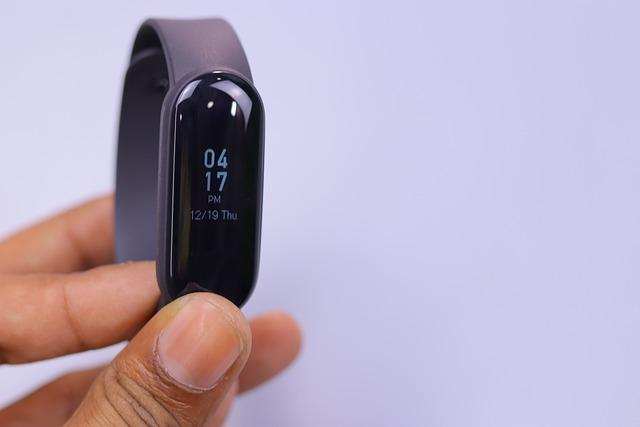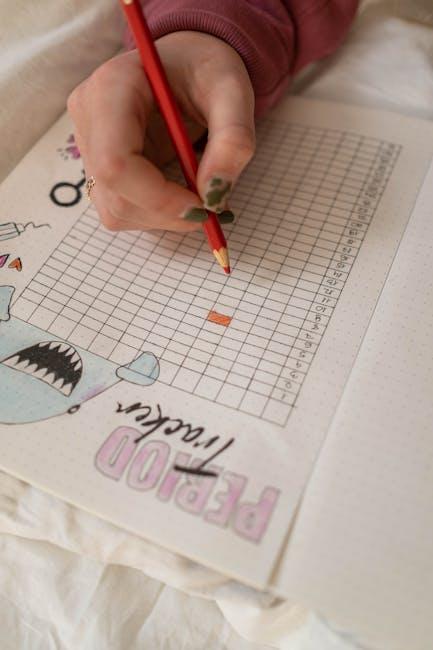Imagine a world where your goals are no longer just fleeting thoughts, but tangible achievements you can track and celebrate. Picture waking up each day with a clear vision of your progress and a roadmap guiding you toward your aspirations. This isn’t a dream—it’s the power of a habit tracker. Whether you’re striving to adopt a healthier lifestyle, master a new skill, or simply become more organized, creating a habit tracker can be your secret weapon. In this article, we’ll explore the art and science of building a habit tracker that not only keeps you accountable but also fuels your motivation. Welcome to a journey where consistency meets creativity, and your dreams transform into reality, one checkmark at a time.
Choosing the Right Tools for Your Habit Tracker
When it comes to crafting an effective habit tracker, selecting the right tools can make all the difference. You have a variety of options, each with its unique features and benefits. Consider the following choices to find the best fit for your needs:
- Bullet Journals: A traditional yet highly customizable option, bullet journals allow you to design your habit tracker exactly how you want. Perfect for those who enjoy a tactile, creative approach.
- Mobile Apps: For tech-savvy individuals, mobile apps like Habitica, Streaks, or HabitBull offer convenience and advanced tracking features. Many apps include reminders, charts, and even gamification elements to keep you engaged.
- Spreadsheets: If you prefer a digital but straightforward method, spreadsheets can be an excellent choice. Programs like Google Sheets or Excel allow for detailed customization and easy data analysis.
- Printable Templates: For those who appreciate structure but still want the flexibility of paper, printable templates can be a great middle ground. They offer pre-designed layouts that you can simply print and fill in.
By exploring these options, you can find the tool that aligns with your preferences and lifestyle, making it easier to stay accountable and motivated in your habit-building journey.

Designing a Personalized Habit Tracker Layout
To craft a habit tracker that genuinely reflects your personality and goals, consider incorporating elements that resonate with your daily life and preferences. Start by choosing a format that suits you best—be it a digital app, a bullet journal, or a simple spreadsheet. Customization is key to maintaining your enthusiasm and consistency. Think about adding color codes, stickers, or even doodles to make the process enjoyable.
- Daily Habits: List the activities you want to incorporate into your routine, like exercise, reading, or meditation.
- Weekly Goals: Include tasks that need to be done a few times a week, such as meal prepping or attending a class.
- Monthly Milestones: Set bigger objectives, like finishing a book or achieving a fitness goal, to keep your long-term vision in check.
Don’t forget to add a section for rewards. Celebrating small wins can keep you motivated. Whether it’s a treat, a day off, or a special activity, having something to look forward to can make the journey more rewarding.

Incorporating Positive Reinforcement and Rewards
When designing your habit tracker, it’s essential to incorporate positive reinforcement and rewards to maintain motivation and commitment. Recognize and celebrate your small wins along the way. Here are some creative ideas to consider:
- Personal Rewards: Treat yourself to something special after reaching a milestone. It could be a favorite snack, a new book, or a relaxing spa day.
- Visual Rewards: Use colorful stickers, stamps, or digital badges on your habit tracker to mark your achievements. The visual appeal can boost your enthusiasm.
- Social Rewards: Share your progress with friends or on social media. Positive feedback from others can be a powerful motivator.
Make sure your rewards are meaningful and align with your goals. This way, you can transform your habit tracker from a simple log into a dynamic tool for personal growth and satisfaction.

Analyzing Your Progress and Making Adjustments
Regularly evaluating your habit tracker is crucial for understanding your progress and identifying areas for improvement. Start by reviewing the data you’ve collected over the past weeks or months. Are there any patterns or trends? Perhaps you notice that you’re more consistent on weekdays than weekends, or that certain habits are easier to maintain than others. Use this information to adjust your strategies accordingly.
Consider the following adjustments to keep your momentum going:
- Modify your goals: If a habit feels too ambitious, scale it back to something more achievable.
- Change your triggers: Sometimes a different prompt or cue can make a significant difference.
- Introduce rewards: Small incentives can boost your motivation and make the process more enjoyable.
- Seek accountability: Share your goals with a friend or join a community for additional support.
Remember, the goal is progress, not perfection. Stay flexible and open to change as you refine your habit-tracking process.




